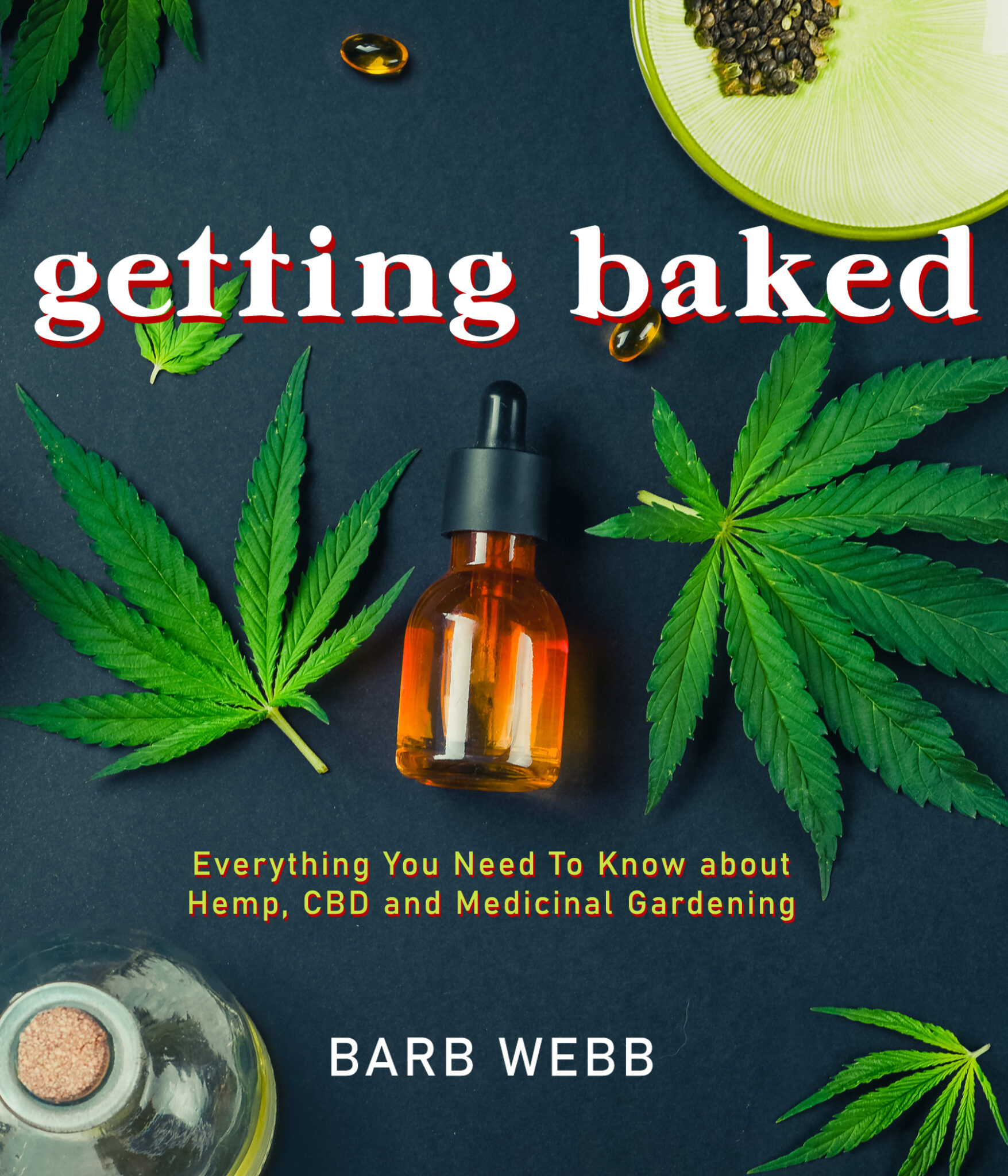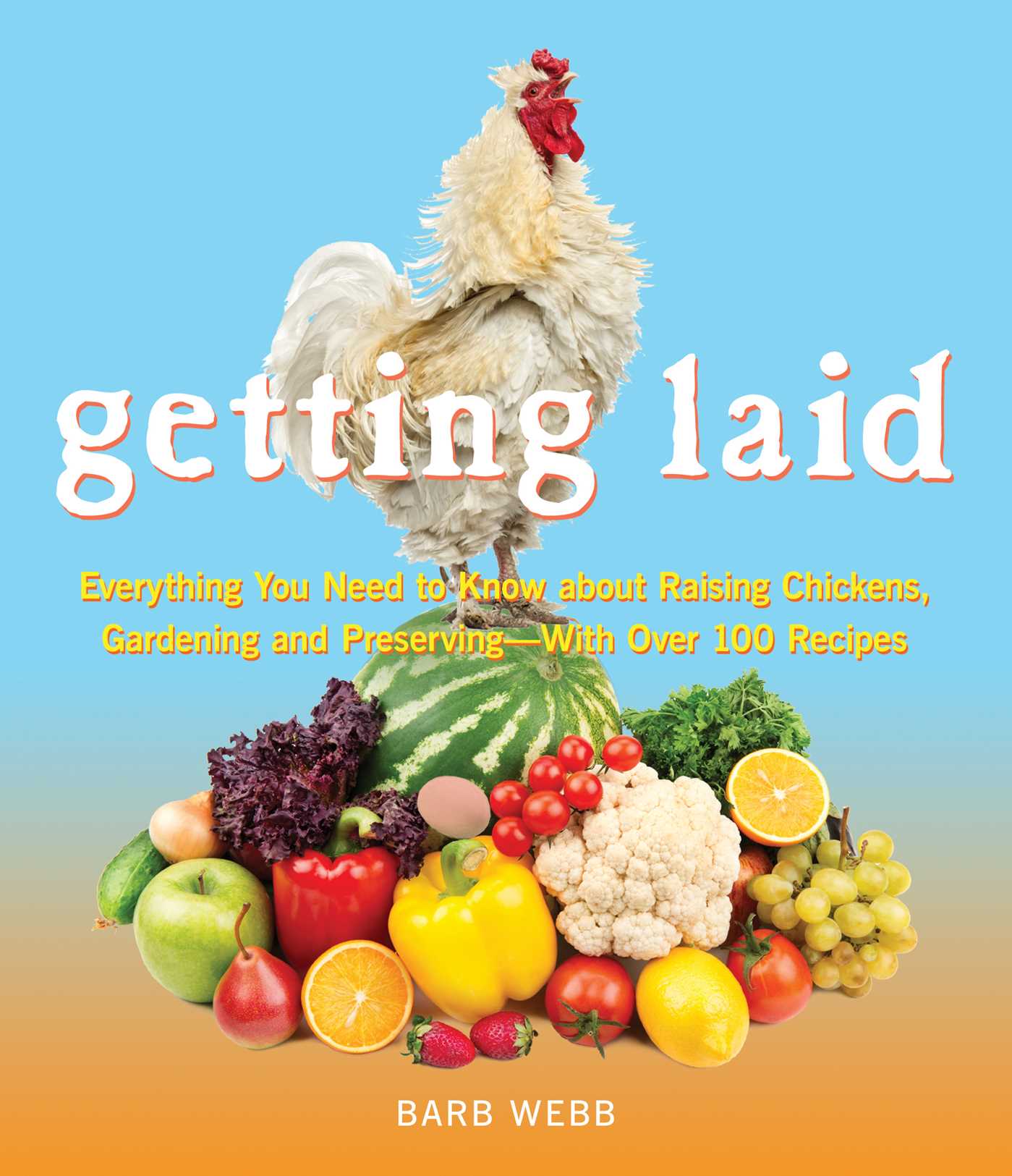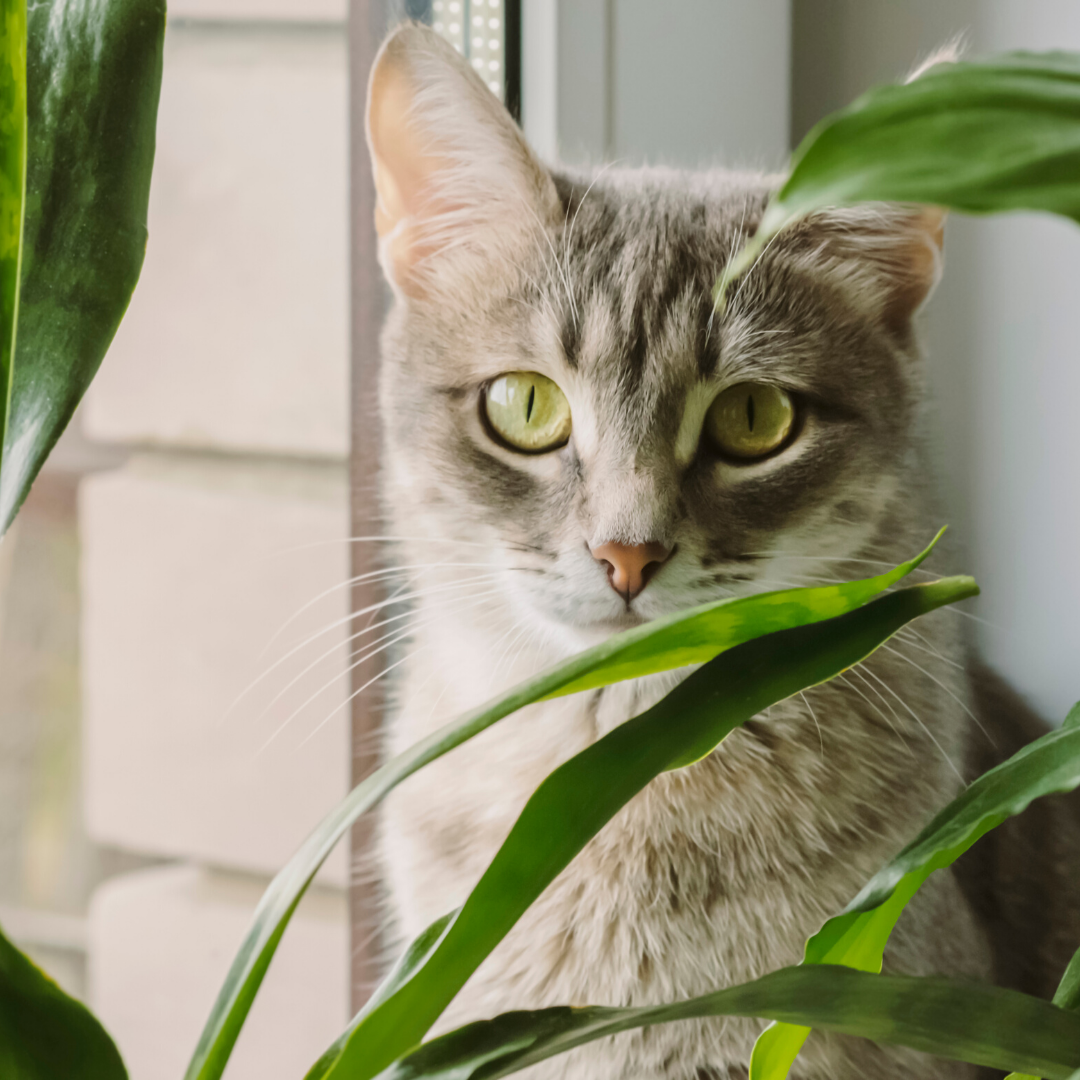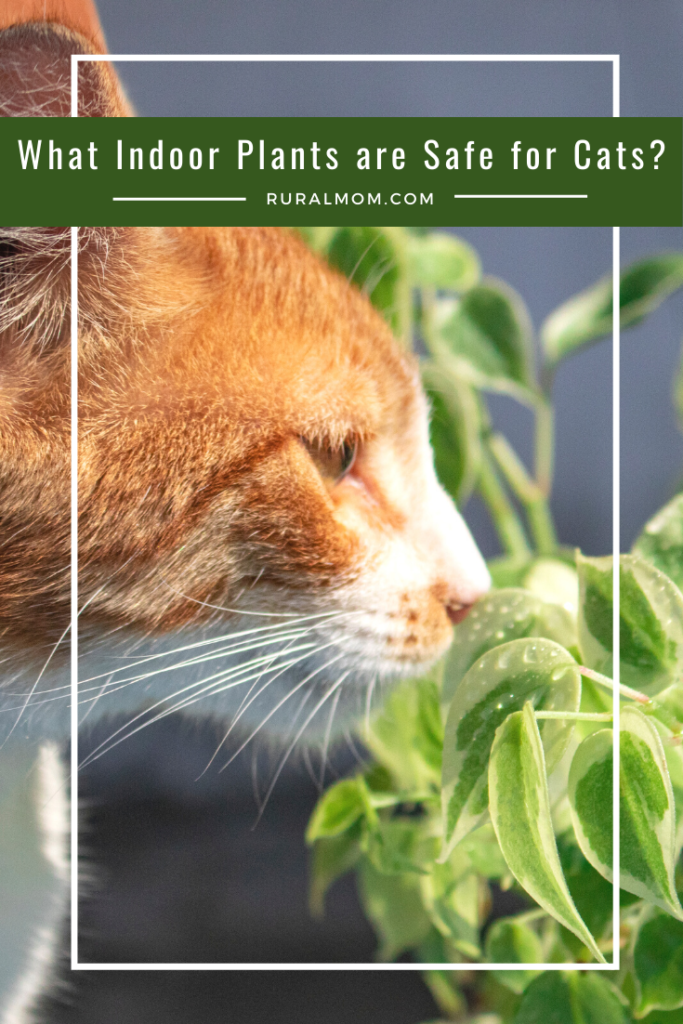A quick way to decorate your home and improve air quality is to add houseplants. Before you head to your local greenhouse, though, if you have indoor cats, it’s important to know what indoor plants are safe for cats.
Surprisingly, over 350 of seemingly harmless houseplants are actually toxic and poisonous to cats. Some plants can cause severe gastrointestinal problems and ingestion. Others may result in death. We’ve listed some common plants to avoid below, but do continue your research and ask your garden specialists for assistance to help you avoid choosing a toxic plant.
It’s also important to consider where the plants will be placed in the home. Cats love to dig in fresh dirt and often chew on plant leaves.
In our home, the majority of plants are in hangers suspended from the ceiling. This allows me the luxury of having beautiful houseplants without having to worry about the cats interacting with the plants or planters.
Toxic and Poisonous House Plants:
Asian Lily is characterized by its large and elegant blossoms. They shine bright orange or look like a white-petal canvas water-colored with bright pink pigment. Symptoms of ingestion include: vomiting, lethargy, kidney failure, in appetence and even death.
The Easter Lily is a popular flower that blooms around Easter and is often a holiday gift. This plant is beautiful and fragrant but it is also extremely poisonous to felines. Death may occur if even the smallest amount of the plant is consumed.
Azalea bush is a miniature version of the common Rhododendron and often grows as a bonsai tree indoors. However, Azaleas commonly grow wild outdoors. The poison in the Azalea bush is grayantoxin. It saturates the entire bush, so ingestion of any part of the plant creates adverse affects. Ingestion of Azalea results in vomiting, diarrhea, excessive drooling, weakness, stupor and death.
Toxic and Poisonous Outdoor Plants you Might Bring In:
Water Hemlock grows wildly throughout the United States. An umbrella-like burst of small white flowers sitting atop a thick green stem characterizes this plant. Ingestion results in extreme stomach pain, fever, dilated pupils, respiratory depression, seizures and death.
Buttercups are easily recognizable by their reflective deep and brilliantly yellow tiny blossoms which sit atop a dainty stem. They grow wild in meadows and back yards in numerous climates throughout the world. Despite their quaint beauty, they contain a toxic compound called protoanemonin which is harmful to felines. Ingestion of buttercups results in vomiting, diarrhea, hyper salvation, depression and wobbly gait.
The Autumn Crocus, also known as Meadow Saffron, is a perennial flower that grows from bulbs. It is one of the first signs of spring because it emerges from the soil at the beginning of spring. Ingestion of the Autumn Crocus results in oral irritation, bloody vomiting, diarrhea, shock, multi-organ damage and bone marrow suppression.
Hyacinth is a desirable perennial flower which produces a lovely sweet scent from its brightly colored flowers. It is uncommon for cats to ingest this plant however; symptoms include intense vomiting, diarrhea, depression and tremors.
Toxic and Poisonous Common Garden Plants:
The fruit and skin of the Avocado is extremely poisonous to cats as well as dogs and horses. The entire Avocado tree is toxic to cats and a concerned owner should not expose their animal to any part of it. Even rubbing up against, or being in the presence of an avocado tree may cause the animal to react.
Every part of the tomato plant, especially the tomato itself, is extremely toxic to felines because it contains Solanine. Place tomato plants in an area where there is no temptation for the cats to taste the plant. Ingestion results in an array of symptoms including severe gastrointestinal upset, behavioral change, confusion, drowsiness, weakness, slow heart rate and dilated pupils.




